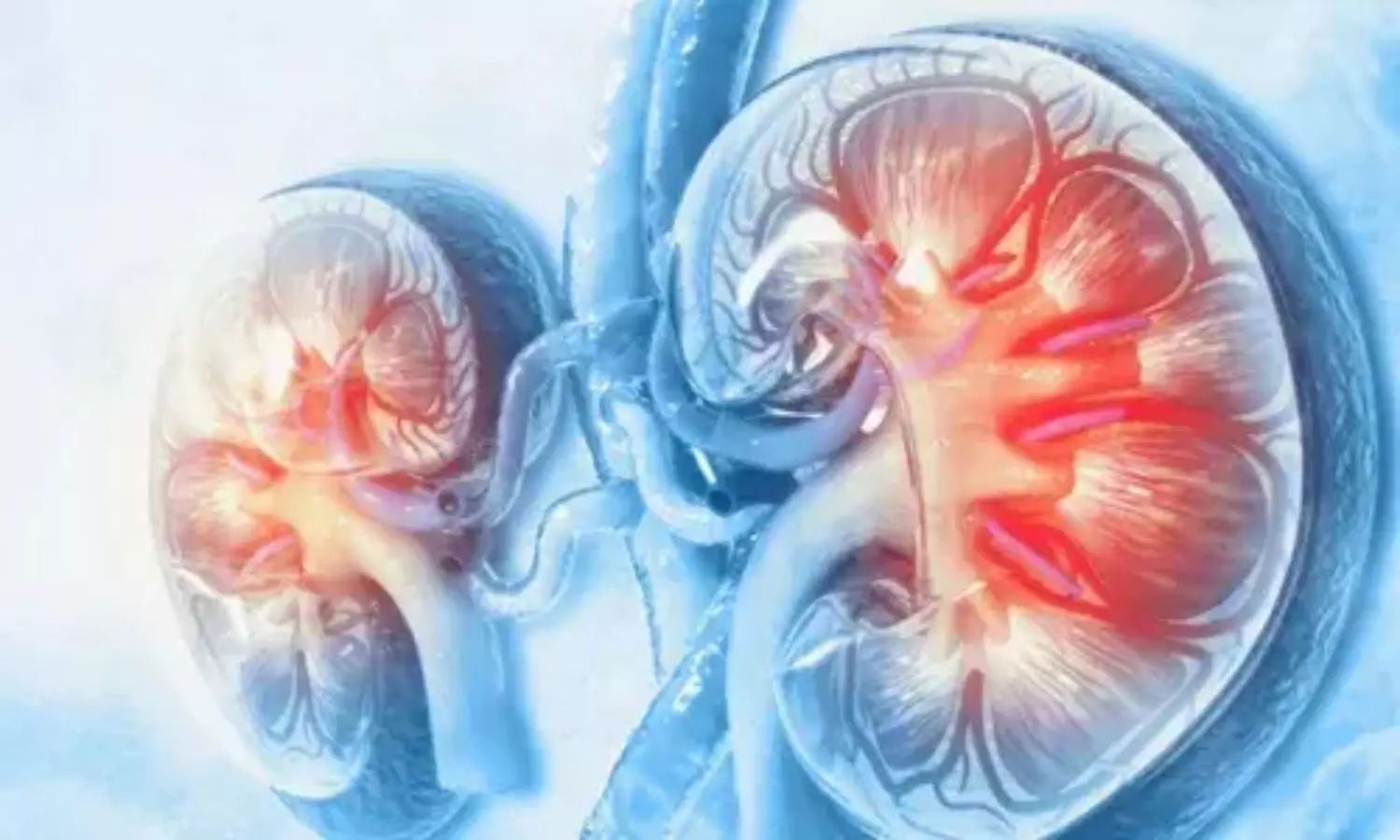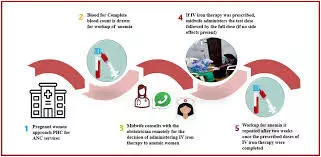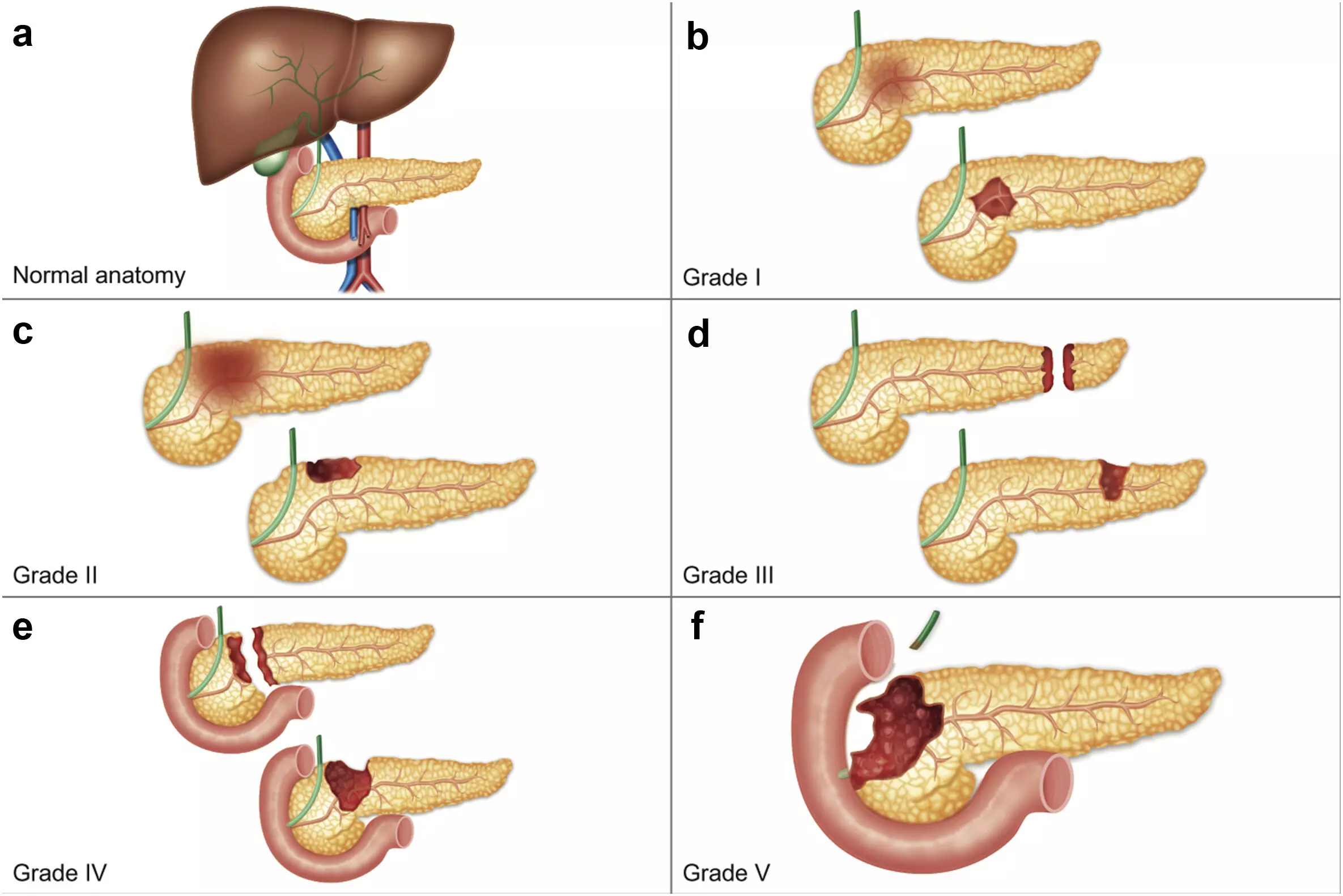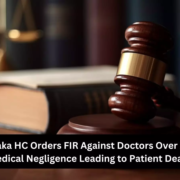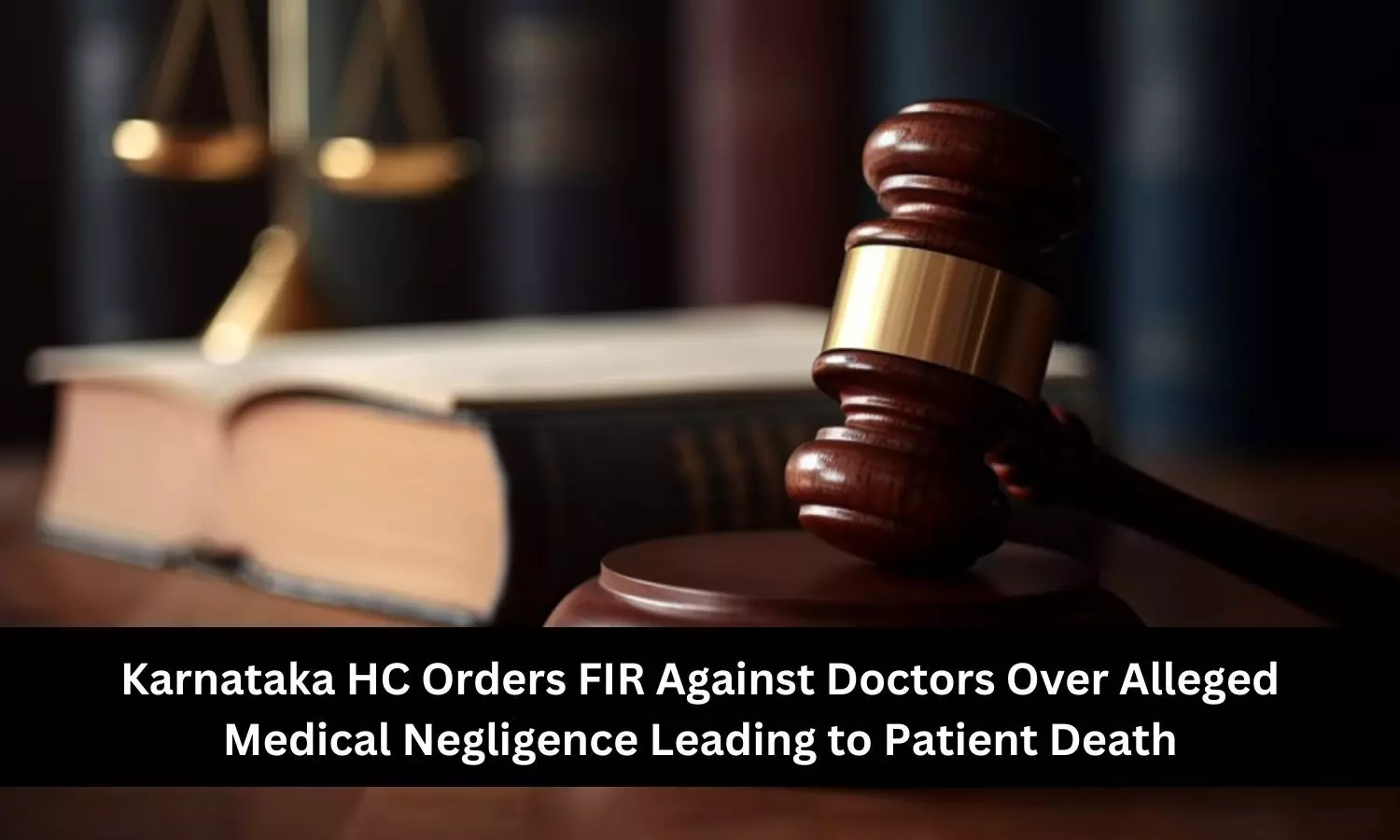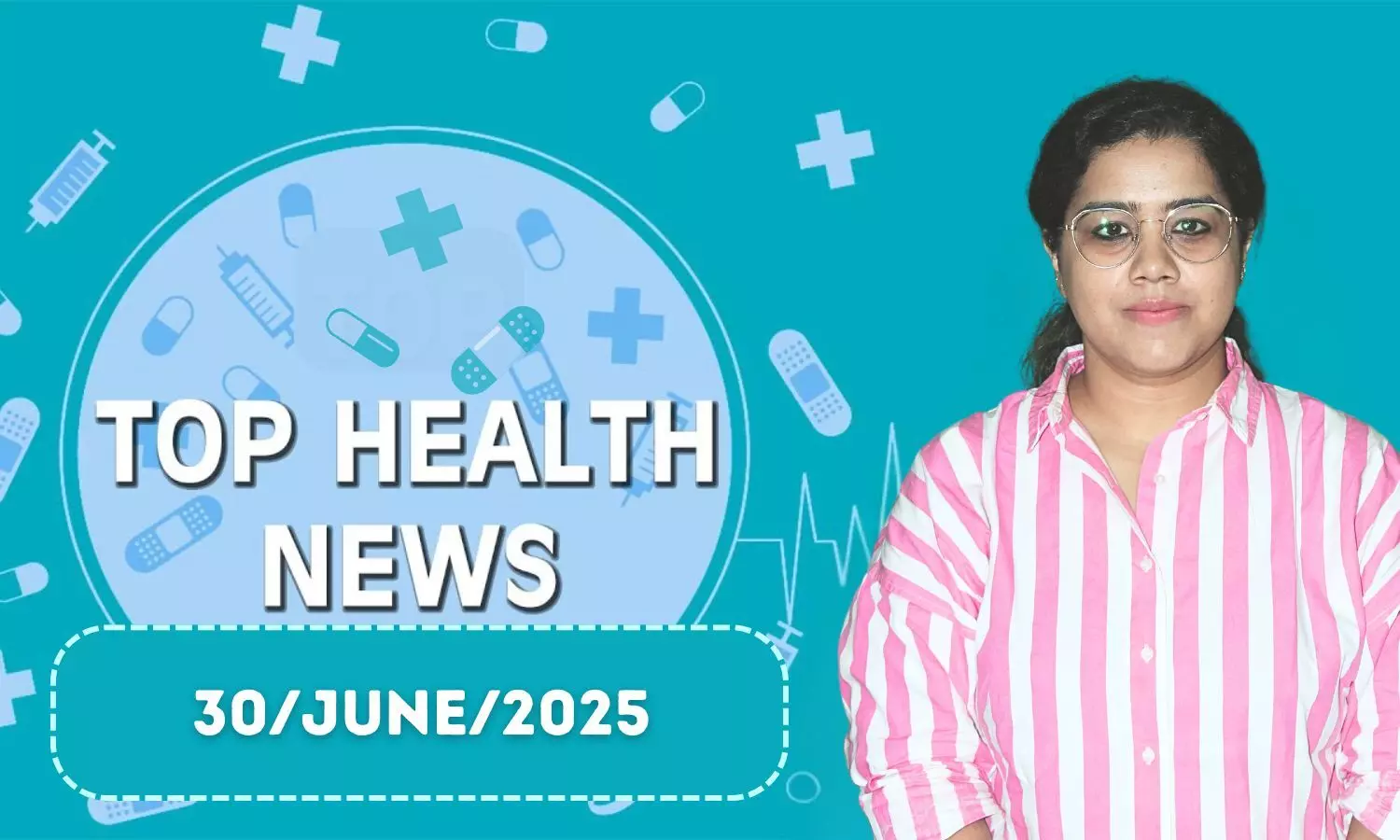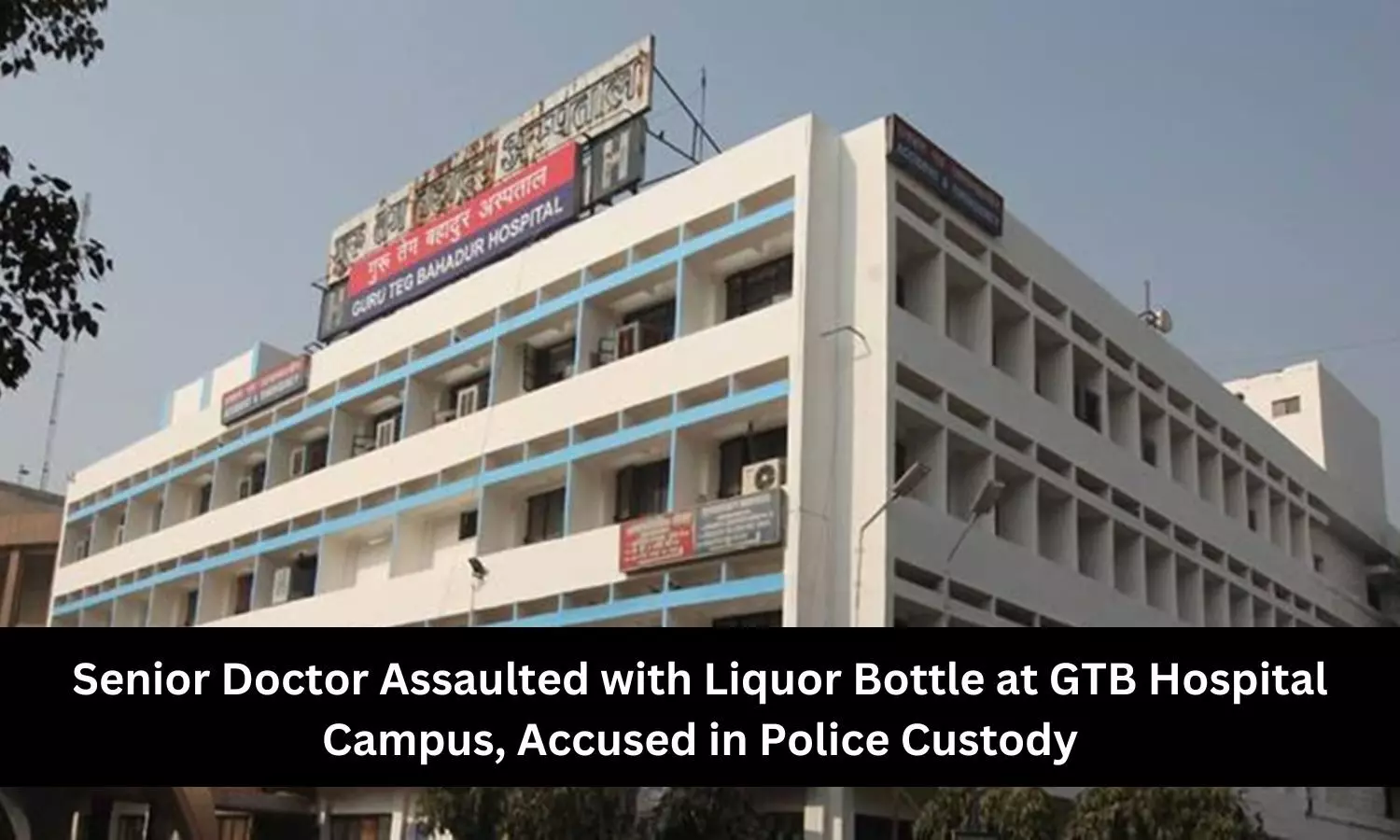Increased GDM risk observed in pregnant women with isolated maternal hypothyroxinemia: Study
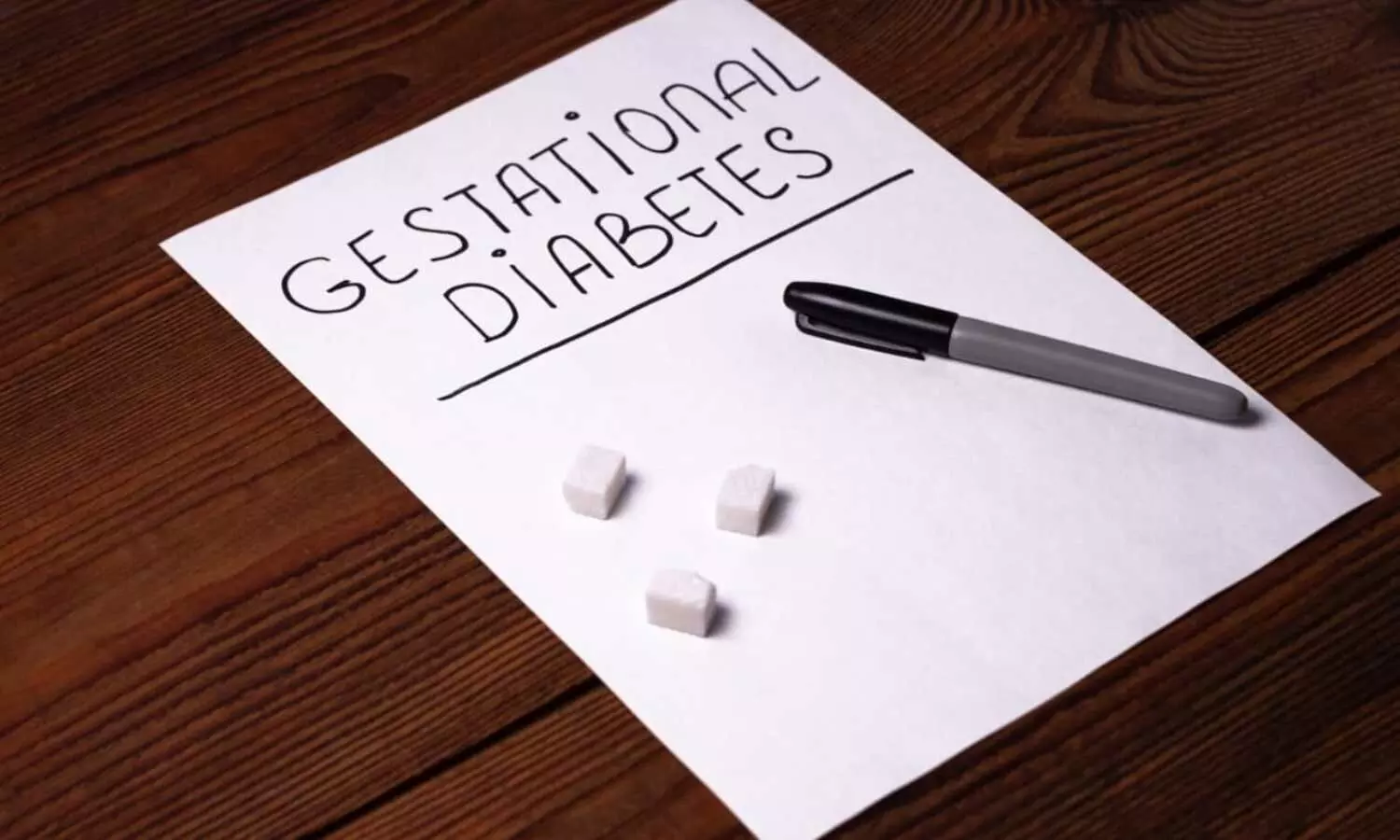
A new study published in the European Journal of Obstetrics & Gynecology and Reproductive Biology showed that gestational diabetes mellitus (GDM) was much more likely to occur in pregnant women with isolated maternal hypothyroxinemia (IMH), particularly if IMH continued throughout both trimesters.
In contrast to overt hypothyroidism, isolated maternal hypothyroxinemia (IMH) is a pregnancy disease characterized by low free thyroxine (fT4) levels with normal thyroid-stimulating hormone (TSH). Although IMH frequently shows no symptoms, it can affect the development of the embryonic brain, particularly during the first trimester. A frequent pregnancy condition, gestational diabetes mellitus (GDM) involves glucose intolerance and raises the risk of complications such as preterm delivery, macrosomia, preeclampsia, and neonatal problems. This study was carried out by Hao-Yi Jia and associates to investigate the relationship between early pregnancy IMH and the risk of GDM as well as its correlation with unfavorable perinatal outcomes.
Between January 2020 and June 2021, 2,741 pregnant women who visited Shanghai General Hospital’s obstetric outpatient clinic and had standard obstetric exams were included in the research. Individuals who had a IMH diagnosis during the first trimester were classified as H1(+), while those who did not were classified as H1(−).
In a similar vein, those with a IMH diagnosis during the second trimester were classified as H2(+), whereas those without were classified as H2(−). Group A H1(−) H2(−), (n = 1,886); group B H1(+) H2(−), (n = 99); group C H1(−) H2(+), (n = 613); and group D H1(+) H2(+), (n = 143) were created based on these classifications. All four groups’ clinical data, including pregnancy problems, were examined using retrospective analysis.
With the following trend: group D > group C > group B > group A, the incidence of GDM was substantially greater in groups B, C, and D than in group A. In particular, the greatest prevalence of GDM was seen in group D.
IMH in the first trimester, IMH in the second trimester, and persistent IMH in both trimesters were determined to be significant risk factors for GDM by logistic regression analysis that controlled for confounding variables. Also, the risk of GDM was 73.97 times greater than the usual risk in instances with chronic IMH.
In additionally, this study discovered a substantial correlation between unfavorable perinatal outcomes and isolated maternal hypothyroxinemia (IMH). Overall, an increased risk of GDM and insulin resistance is closely linked to IMH in the first or second trimester, and especially chronic IMH in both trimesters.
Source:
Jia, H.-Y., He, P.-Y., Lu, C., Zhou, M.-J., Zhan, S.-T., Zhong, H.-Q., & Xu, X.-M. (2025). Association of isolated maternal hypothyroxinemia with gestational diabetes mellitus and perinatal outcomes. European Journal of Obstetrics, Gynecology, and Reproductive Biology, 114015, 114015. https://doi.org/10.1016/j.ejogrb.2025.114015
Powered by WPeMatico



